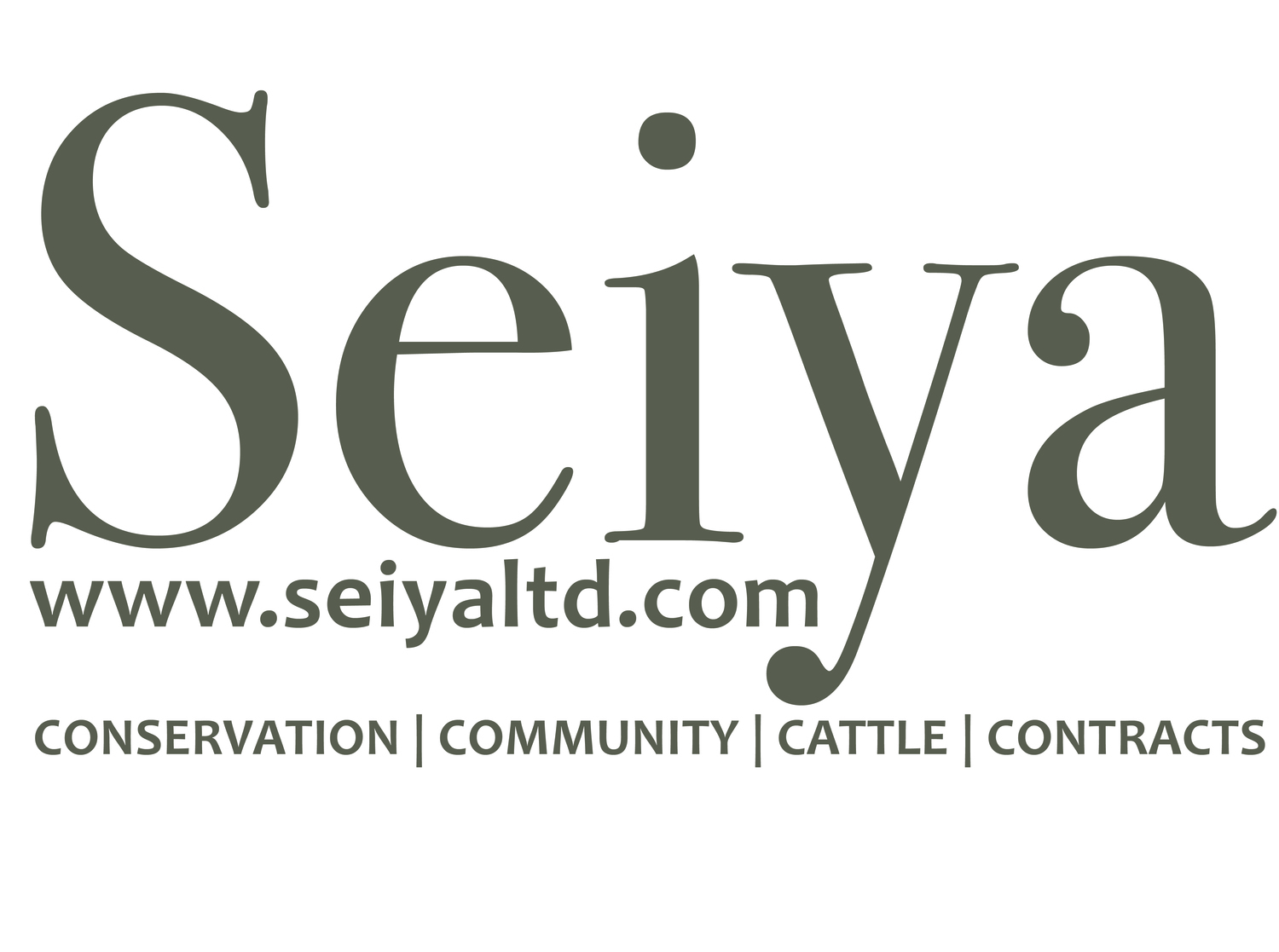WILD
WILD stands for WILDLIFE INFORMATION AND LANDSCAPE DATA. It is a system composed of two fronts.
1. Wild App
2. WILD Backend
WILD App is a mobile application currently running on an android platform that is used for collection of data in the field. Data collected includes
- Wildlife distribution
- Poaching incidents
- Animal mortality
- Livestock predation
- Illegal human activity
- Ranger patrol tracks
WILD Backend is the data managers tool used to view data in real-time as it is being transmitted by the WILD APP. It is from here that data is sorted and analysed for consumption.
Currently we have 13 Mobile phones in Mara North Conservancy, 10 in Naboisho and 10 in Ol Chorro Conservancies. All the data collectors handling the phones have gone to a minimum of 3 external and 4 internal training sessions. Data being collected by the WILD system is then exported to Arcgis Software for analysis and Map production.
This data has enabled the Seiya team to track the evolving habitats of territorial animals like Lions. It has helped point out the percent increase in populations of certain wildlife like elephants in different seasons. Using this data, Massai Mara Wildlife Conservancies Association (MMWCA) has been able to apply for funding that has made possible the continuation of the WILD program.
The primary use of the data has been visual representation to various stakeholders of the density of wildlife currently in the conservancy on a monthly basis. Moreover, the patrol tracks data facilitates the identification of areas that need focus, so that there is equal patrol effort in every part of the conserved area. Additionally, the Illegal Activities data helps depict hotspots where more security presence is required.
The visual representations, in the form of maps, assists in the development of strategies to ensure the core areas are designated as non-interference zones as well as helping identify upcoming core zones where adverse measures for conservation are concentrated.
Geographic Information Systems
Geographic Information Systems (GIS) is the science of collecting, processing, analysing and producing maps for consumption.
Jones Mwangangi, Mapping Officer, is an expert in both GIS and remote sensing, Jones has a bachelors degree in Geography and a post graduate degree in GIS as well as ongoing training and development.
Jones Mwangangi working in the field, Mara north Conservancy
Jones, collects and maps data on
- Human settlements
- Grazing patterns
- Tourist guide tracks
- Parcel demarcation
- Natural resource mapping
- Wildlife and vegetation distribution
The data is used in the decision making process in the conservancies. This may include better settlement relocation areas, based on how settlements have been distributed in the vicinity; tracking the rate at which land is being subdivided and the impact the subdivisions are having on land lease status; determining the tourist guide track that needs closing; mapping all naturally occurring resources in the conservation area and its vicinity.
The data helps to inform stakeholders facilitating the decision making process. The advanced wildlife, settlement, parcels analysis done using the Arcgis software sheds light on the actual status of conservation strategies.


